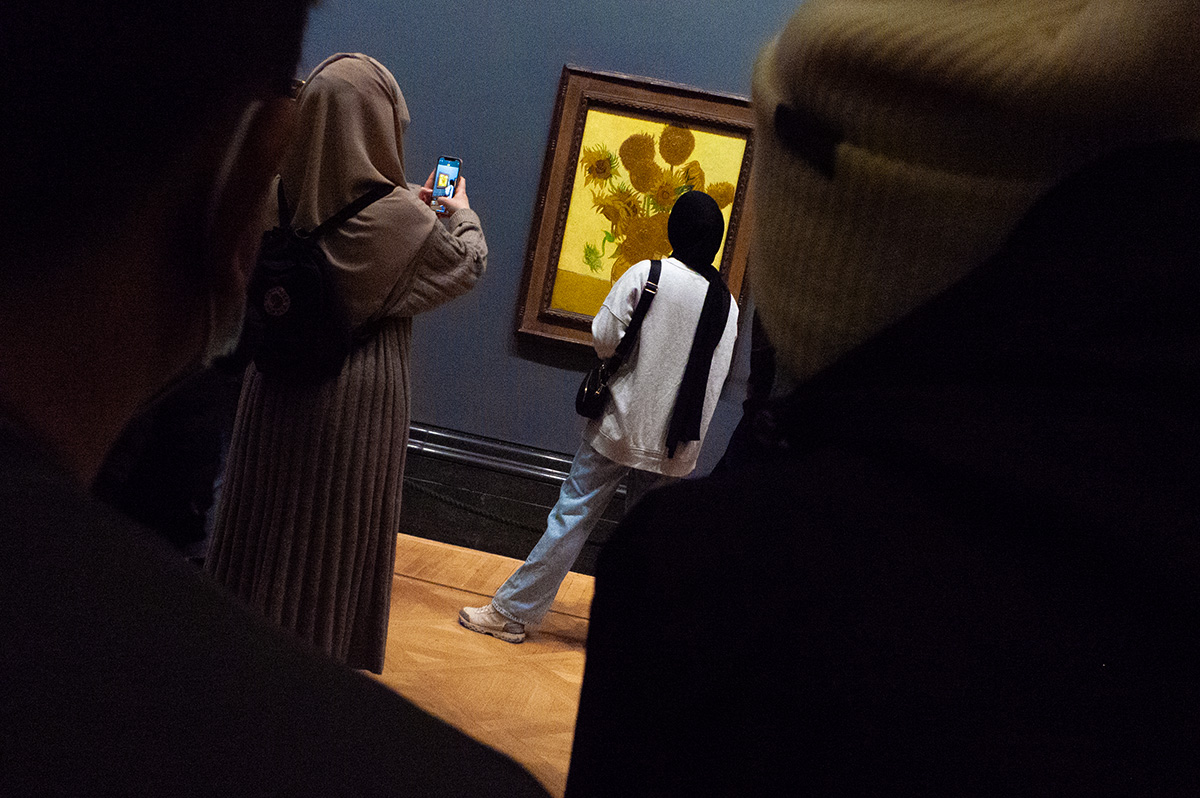Art has always been a powerful mode of expression, reflecting the complexities of human nature and the world around us. From the earliest cave paintings to contemporary digital installations, the evolution of art encapsulates the cultural, social, and technological advancements of civilization.
Ancient Beginnings
The origins of art can be traced back to prehistoric times. Cave paintings in regions like Lascaux, France, dating back around 17,000 years, provide a glimpse into the early human experience. These primitive yet profound images of animals and hunting scenes were more than mere decoration; they were a means of communication and storytelling.
As societies formed and developed, so too did the sophistication of their art. Ancient Egypt, with its grandiose pyramids and intricately decorated tombs, showcased an art form deeply intertwined with religion and the afterlife. Similarly, the classical art of Ancient Greece, which celebrated human beauty and anatomical precision, laid the groundwork for Western artistic principles that still resonate today.
Medieval to Renaissance: A Flourishing of Styles
The Middle Ages saw art predominantly serving the Church, with Gothic cathedrals and illuminated manuscripts emphasizing religious themes and figures. This period, often characterized by its rigidity and lack of perspective, eventually gave way to the Renaissance, where realism and humanism came to the forefront.
Renaissance artists like Leonardo da Vinci and Michelangelo pushed the boundaries of art, exploring anatomy, perspective, and light with unprecedented skill. Their works signified a rebirth of classical ideals infused with a newfound emphasis on individualism and scientific inquiry.

Baroque, Romanticism, and the Advent of Modernism
The Baroque period introduced drama, movement, and tension to art, as illustrated in the works of Caravaggio and Bernini. This era’s art was as much about evoking emotional responses as it was about technical precision.
The 19th century brought Romanticism, with its focus on emotion, nature, and the sublime. Artists like Turner and Delacroix sought to capture the beauty and terror of the natural world, marking a departure from the rationality of the Enlightenment.
As the Industrial Revolution progressed, so did the complexity of society and, consequently, art. Modernism emerged as a response to these changes, with movements such as Impressionism and Cubism challenging traditional perceptions of reality. Figures like Monet and Picasso redefined what art could be, moving away from mere representation to explore abstraction, color, and form in revolutionary ways.
Contemporary Art: Boundless Innovation
Today’s art scene is incredibly diverse, characterized by a lack of a single dominant style. Contemporary artists employ a wide range of materials and techniques, from digital media and installations to performance art and street art. This era reflects a globalized world, where cultural exchange and technological advancements allow for unprecedented experimentation and collaboration.
The rise of digital technology has particularly transformed the art landscape, making art more accessible and interactive. Virtual reality, AI-generated artwork, and blockchain-based art are pushing the boundaries of what art can be, making it more immersive and democratized.
Art’s evolution is a testament to human creativity and adaptability. From ancient cave paintings to cutting-edge digital installations, each era of art history builds upon the last, reflecting the ever-changing tapestry of human experience. The future, the possibilities for artistic expression continue to expand, promising new forms and ideas that will shape our understanding of the world for generations to come.











